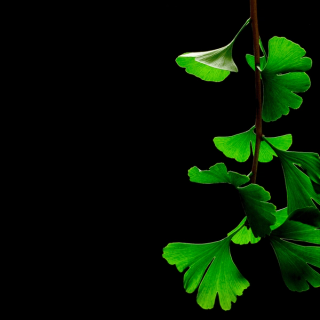“Scratching an itch with a violence that would cause pain elsewhere may be experienced as one of the most exquisite pleasures,” Dr. George Bishop, neurophysiologist, wrote in the Journal of Investigative Dermatology, in 1948. But, why does scratching an itch feel so good?
“Our natural instinct is to eliminate it, and tactile stimulation [or, scratching] is a knee-jerk response for immediate, albeit temporary relief,” Dr. Melanie Palm, dermatologist and cosmetic surgeon, said. But, what is it that makes scratching our “go-to” option? According to WebMD, skin is the only part of our body that can feel both pain and an itch. But, when our skin comes into contact with something that causes pain, like the flame of a candle, our instinct is to pull away — and prevent ourselves from further injury. Yet, when something itches, the instinct is to immediately scratch. Experts believe this instinct is closely linked to evolutionary underpinnings. First, scratching an itch is a quick, easy way to brush off potential threats like crawling insects and parasites — more efficient than the withdrawal instinct when it comes to terminating threats. Unlike the other organs, which are safely inside our body, the skin is exposed, and the itching sensation itself, is believed to have evolved to protect it. Second, scratching also causes dilation of blood vessels in the affected region, flushing away toxins, if any.
Scratching also stimulates various pain receptors in the region of the itch, basically, triggering a mild pain that leads our nerve cells shoot a signal to the brain, notifying it that something is hurting. This distracts the brain from the annoying itch, and makes us feel relieved. However, it is only a temporary relief.
Related on The Swaddle:
Why Do We Cry When We Are Happy?
On account of the pain triggered by the scratching, the brain releases serotonin, a hormone known to stabilize our mood, and induce feelings of well-being and happiness. However, alongside the relief it induces, research indicates that serotonin also reacts with receptors on neurons that carry itch-signals to the brain, causing those initial itch-signals to be re-triggered — leading to a vicious cycle of itching and scratching. And, that is a problem because while scratching once might only cause minor damage to the skin, scratching repeatedly can severely damage the skin, causing it to break — leading to injuries and infections.
Experts have also noticed that, much like yawning, scratching can be socially contagious too. And yet again, the explanation lies in evolution: the skin is not only exposed, but also our first line of defence. So, when our ancestors in the paleolithic age noticed their companions scratching themselves, it would have made sense for them to do the same, in order to rid themselves of whatever insects or parasites appeared to be bothering their fellow human beings. “This contagious itch behavior is actually coded into your brain… Contagious behavior is hardwired because it’s important. If everyone is doing something, it must be good,” Zhou-Feng Chen, director of the Washington University School of Medicine’s Center for the Study of Itch, told Smithsonian Magazine.
Amid conflicting opinions on whether itching itself is simply a milder form of pain, or a completely different sensation in itself, there’s a lot more to learn and understand about the neurological motivations behind scratching. Researchers are beginning to focus more on this area of inquiry. “Itch is now where pain was probably 20 years ago. It used to be lumped together with pain,” Dr. Lynn Cornelius, chief dermatologist at Washington University School of Medicine, told The New York Times.




